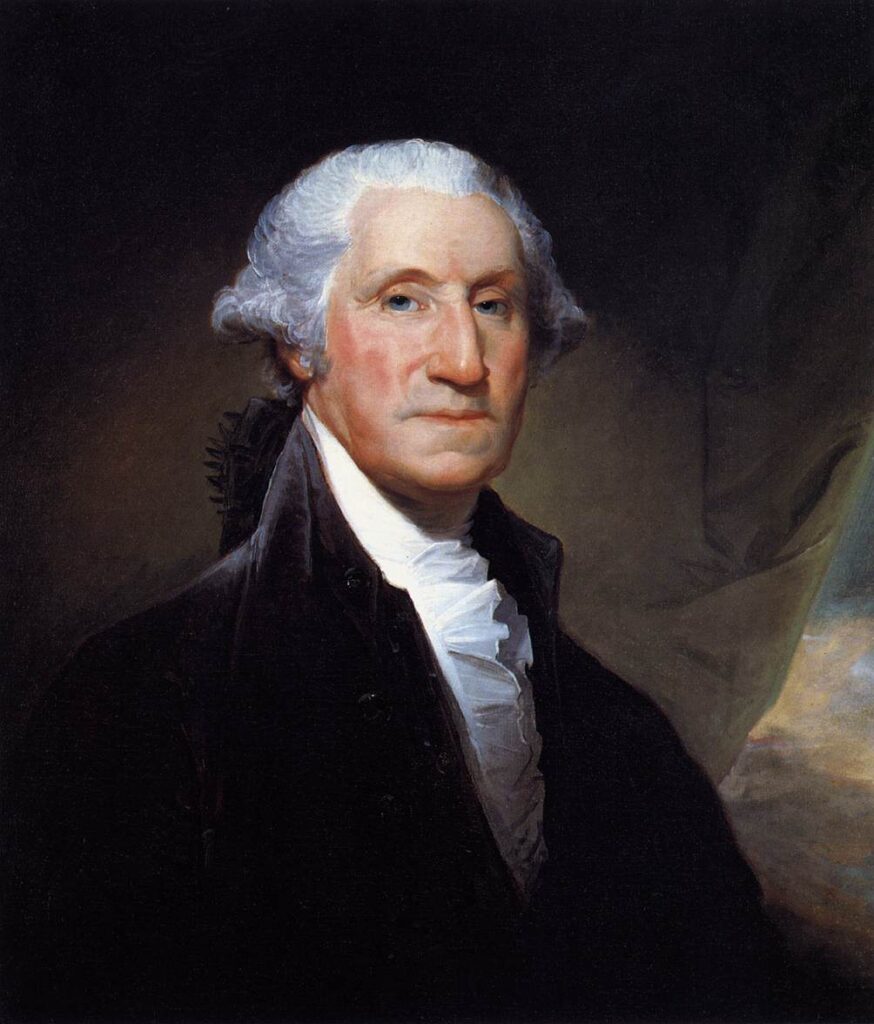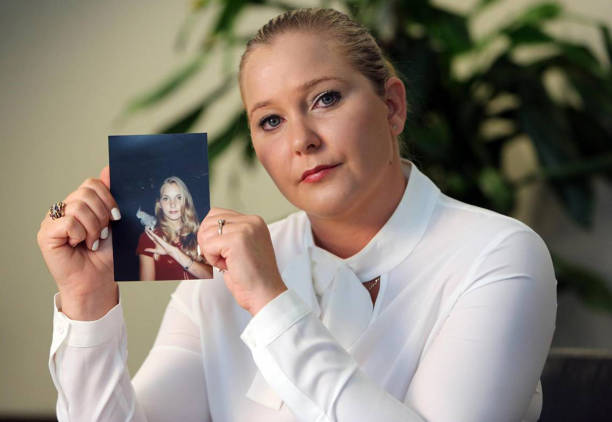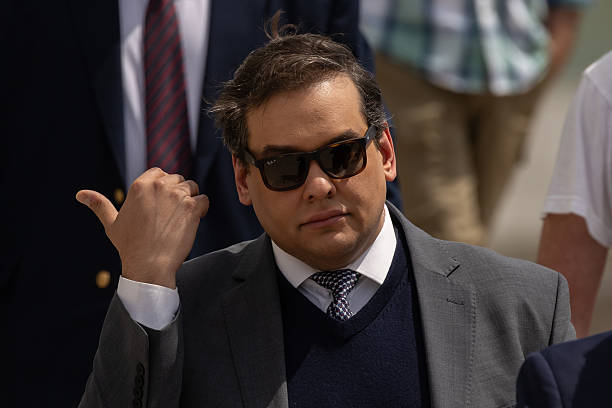Fact Check: Did Washington mandate vaccines?
With the recent news of Secretary of Defense Lloyd J. Austin III mandating COVID-19 vaccines for service members, many have invoked the story of George Washington forcing the inoculating his troops as a point of reference. Ultimately, we aren’t making a moral call, just arming you with facts for your next debate.

With the recent news of Secretary of Defense Lloyd J. Austin III mandating COVID-19 vaccines for service members, many have invoked the story of George Washington forcing the inoculating his troops as a point of reference.
The Washington analogy may fall short of being completely acceptable, but let’s allow the facts to speak for themselves:
- Washington inoculated his troops utilizing a method called “variolation,” as vaccines did not exist yet.
- Revolutionary troops were in the middle of fighting for sustained independence, which led to a greater push for immunizing them.
- The British enemy was largely immunized due to generations of families that had steadily experienced smallpox firsthand.
- COVID-19 vaccines do not utilize materials taken directly from the physical manifestations of the virus, while variolation hinges entirely on using pus extracted from those who were sick.
- mRNA, the primary ingredient in COVID-19 vaccines, gives cells the recipe they need to follow in order to recognize and build immunity against the spike proteins on coronavirus cells that allow it to infect the body.
Vaccines in context
Back in Washington’s day, amidst the continuing revolution, the variola virus (smallpox) killed many of his troops. 90% of troop deaths were due to diseases, a majority of which are attributed to the smallpox virus.
The ravaging wave of smallpox not only deterred recruitment, it also marred the operational capabilities of existing troops. This was mostly due to the severity of the disease, as well as the fact that the majority of British troops were immune to it.
For those who are unaware, the effects of the variola virus ranged from fever, to extreme headaches and muscle pains, to bleeding from bodily orifices, to getting huge pus-filled rashes. Not everyone died upon contraction, but an extremely high number did.
According to the CDC’s historical data, an average of 3 out of every 10 people who got it died as a result.
Most of the British army was immune to smallpox, but doubt was prevalent when it came to considering efforts to unnaturally (non-generationally) immunize revolutionary troops. These doubts led the 1776 Continental Congress to prohibit Surgeons of the Army from mass-inoculating their troops.
The following year, in early February 1777, Washington opposed Congress and built at least eleven hospitals in order to move forward with the plan. The key difference between this plan and the one currently faced, is the method of inoculation.
What the hell is variolation?
Well before the existence of injectable vaccines, the process used to combat smallpox outbreaks was variolation. The uncle of John Adam’s mother, Zabdiel Boylston, is generally credited with bringing the method to the Americas in 1721.
The method was widely contested. After inoculating hundreds of people throughout Boston, Boylston’s family was threatened and one person even threw an explosive into his home. While variolation yielded promising results at the time, average people had concerns about it inadvertently furthering the spread of the disease.
Variolation consists of exposing those who never contracted smallpox to pustules from smallpox sores in less-severe cases. The intake of these pustules could be an injection via an infected knife, scratching it into an arm, or even inhaling it through the nose.
During the revolution, less than a quarter of those serving in the military had contracted smallpox naturally. The urgency that resulted from such sparsely-immunized troops led Washington to contact the Continental Army’s Medical Director, Dr. William Shippen.
Washington wrote to Dr. Shippen, “Necessity not only authorizes but seems to require the measure, for should the disorder infect the Army… we should have more to dread from it, than from the sword of the enemy.”
Luckily enough for Washington, the necessity of mass-inoculation came at a time when the war had stagnated. Military operations stalled due to the harsh winter, allowing troops to be variolated with enough time to recover from any side effects.
According to the U.S. National Library of Medicine, “Between 1% and 2% of those variolated died as compared to 30% who died when they contracted the disease naturally.”
Contemporary Vaccines
The most current vaccines, most notably those used against COVID-19, are classified as nucleic acid vaccines (or, gene-based vaccines). The 2020 Coronavirus pandemic incited major progress in the development of these types of vaccines, leading to their current authorization for emergency use.
According to the WHO Novel coronavirus Landscape as of January 8, 2021, only 11% of the vaccines tested against COVID-19 were classified as having an RNA platform.
Nucleic acid vaccines deliver specialized instructions to cells, either as DNA or mRNA, so that the cells produce the specific protein that the immune system needs to continually recognize and respond to.
The reason why they work against SARS-CoV-2 (the virus that causes COVID-19) is because the RNA of a coronavirus cell instructs its spike proteins to latch onto specific receptors (for COVID-19, the ACE2 receptor) on the surface of cells in the respiratory tract.
Since the effects of SARS-CoV-2 are determined according to its RNA blueprint, the most obvious way of mitigating its impact is by creating vaccines that attack it from that same avenue.
Aside from the puzzle-like fit of taking the route of using mRNA to combat the virus, mRNA vaccines have a variety of advantages compared to other options.
According to a study of mRNA vaccines in the context of COVID-19, the advantages of mRNA vaccines include: ease and speed of production, safety (compared to using DNA as a vector), and appropriateness for protection.
The ‘appropriateness’ mentioned here is summarized in the study as, “protein-based vaccines are often produced from bacteria, whereas mRNA vaccines are translated by the host translation machinery thus likely to form an antigen that mimics the protein’s structure expressed from the viral genome including the post-translational modifications.”
The key fact to take away from all of this is that mRNA poses no concern for DNA integration, as it is incapable of entering the nucleus where the DNA is located. An equally important consideration is that, due to the increased stability of mRNA vaccines, they incite a more effective immune response than other vaccine platforms.
What does it all mean?
Variolation entails exposing the immune system to live components of whatever virus is being immunized against, giving the method a somewhat expected element of danger.
Conversely, mRNA vaccines are much more effective due to the fact that they are created through a cell-independent process, which avoids any possibility of contamination with toxic agents.
What this all amounts to is that, while Washington did inoculate his troops, variolation carried even more considerable risks than the current methods. So, what the first president did could be actually considered worse than what is currently faced.







Conversation